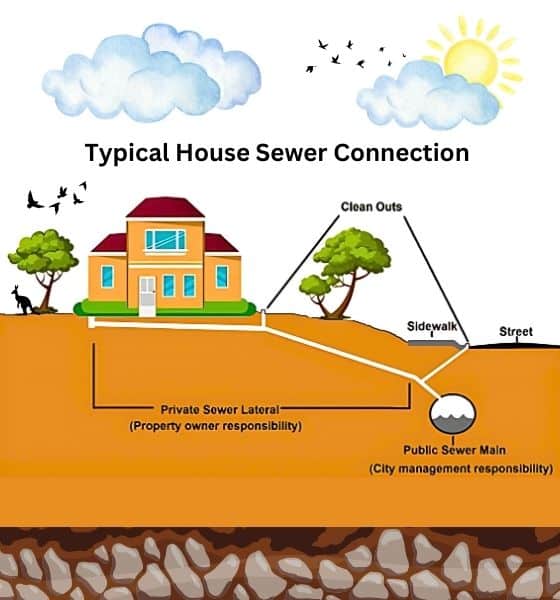Where Does Our Wastewater Go?
From Flush to Treatment: The Journey of Wastewater
As a child, I often wondered where everything flushed down the toilet ended up. In my vivid imagination, I pictured it all going to a giant, foul-smelling pool—a nightmare scenario that no child would want to see. Surprisingly, many adults still don’t know the journey wastewater takes after leaving their homes. We assume it disappears down the pipes, but wastewater disposal is far more complex. It involves a delicate and intricate process to ensure it is safely treated before returning to the environment.

All the waste from toilets, kitchen sinks, laundry, and other drains flows into our sewer system, forming what we call sewage. Technically, sewage should only contain human waste, water, and toilet paper. Items like diapers, solid food scraps, and wet wipes—even those labeled “flushable”—should never go down the drain. Disposing of only appropriate materials makes it easier to clean and treat sewage properly. Did you know that sewage is 99% water, with the remaining 1% consisting of chemicals, fats, solids, and other pollutants? Untreated sewage poses risks to our natural water sources, making treatment essential.
When sewage leaves your home, it travels through pipes called sewers, which connect to main sewer lines shared by other properties. These main sewers use gravity to transport wastewater to Sewage Treatment Plants—facilities vital for cleaning sewage before safe disposal.

At the treatment plant, sewage undergoes several stages:
- Screening: Large objects like toys, rocks, and fat residues are removed and sent to landfills.
- Aeration and Sedimentation: Microorganisms break down fats, food particles, and human waste, cleaning the water further.
- Disinfection: The treated water is disinfected using chlorine, peroxide, ozone, or ultraviolet light to eliminate harmful microorganisms and pathogens.
After these processes, the water becomes reclaimed water, safe to return to lakes, rivers, and oceans.
To keep this system running smoothly, we must all do our part. Only flush human waste, water, and toilet paper. Anything else can disrupt the process, leading to blockages and more costly treatments.
If you need assistance with drain services or have a blocked drain, don’t hesitate to call us at 13 10 91. For more tips, check out our related article, “How Can I Prevent Blocked Drains?” You can also download these articles as PDFs for your convenience.
At The Plumbing and Electrical Doctor, we’re here to help keep your drains—and the environment—clean and safe.
THE DOCTOR GETS IT DONE
